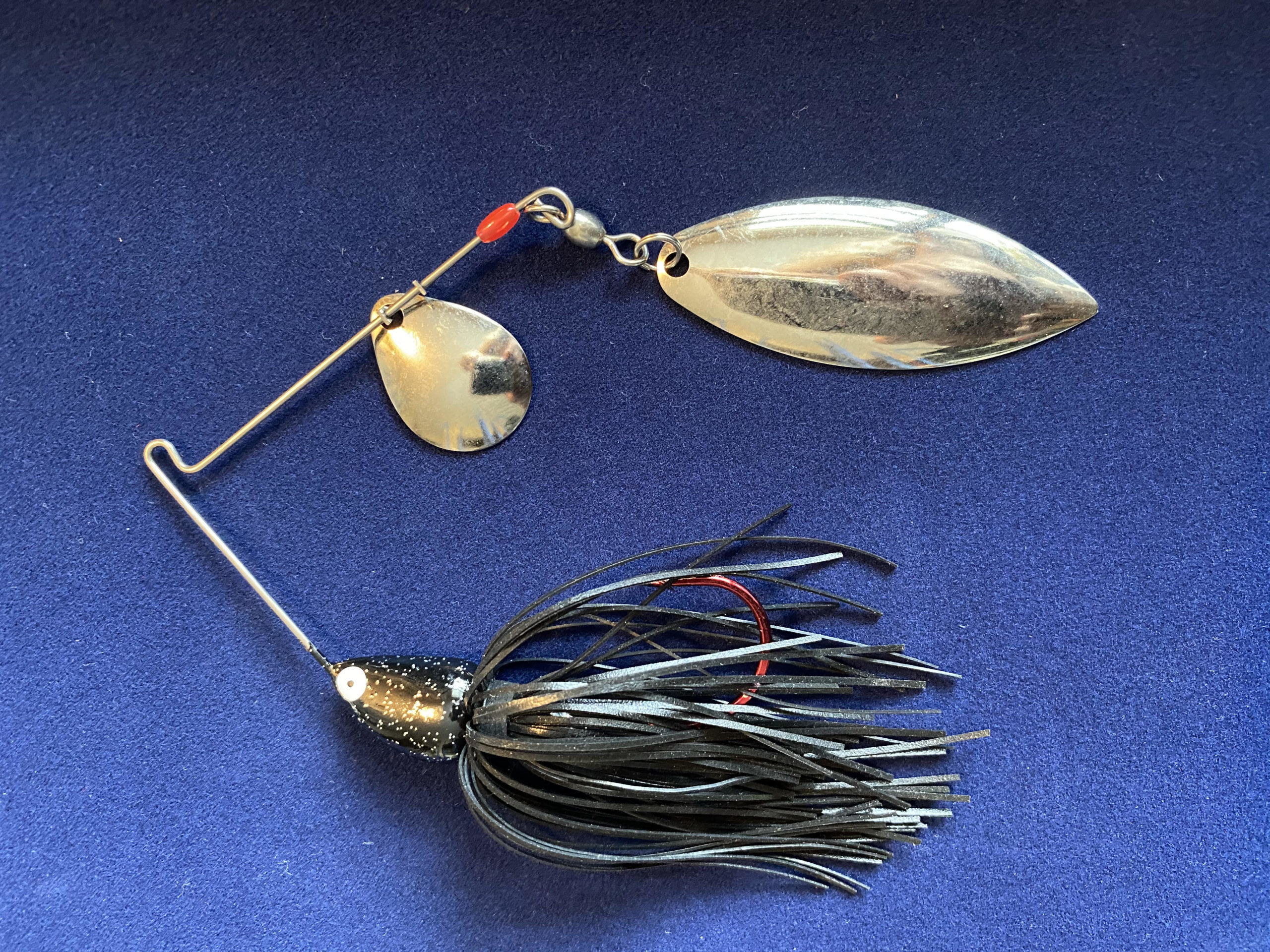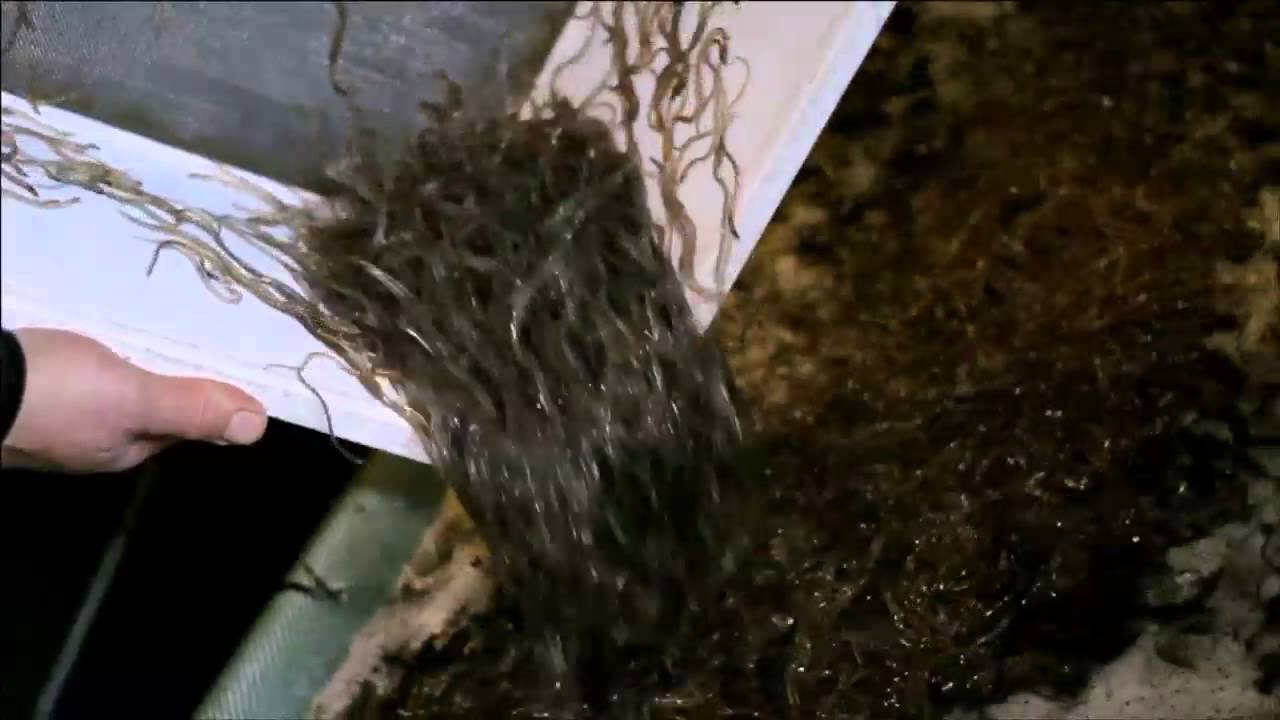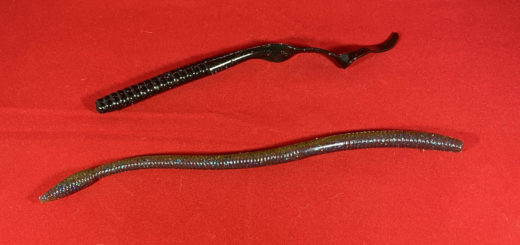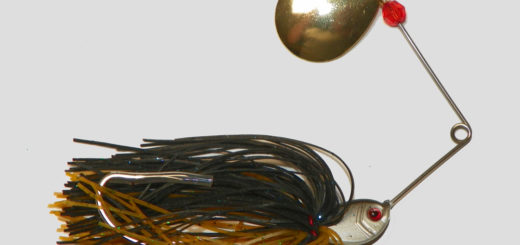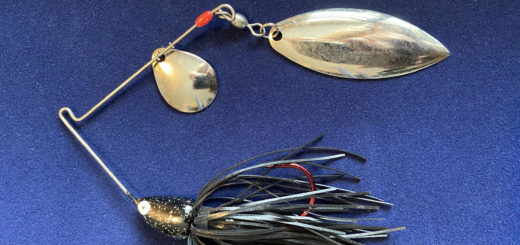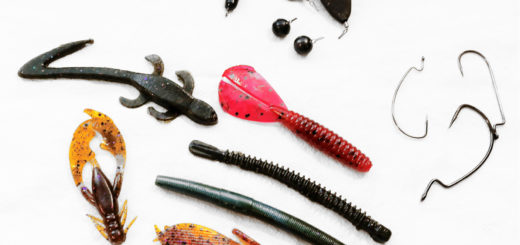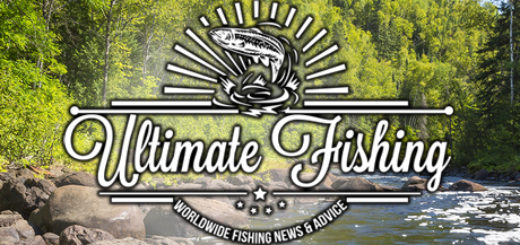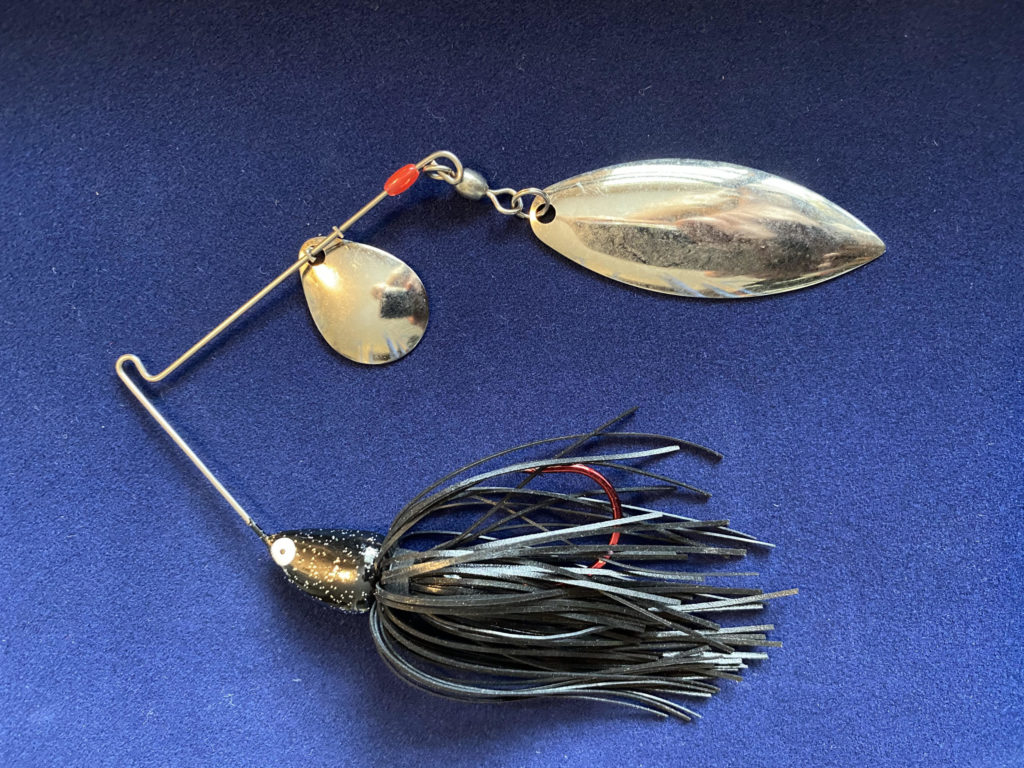
Spinnerbaits are an often overlooked bait for some anglers. They are versatile search baits and can be worked at a variety of depths around most any cover. They come in a variety of colors with different blades making varying amounts of commotion in the water.
Blades
The first thing to think about when choosing a spinnerbait is the blade, or blades. The most common blades found on a spinnerbait are Indiana blades, Colorado blades and willow leaf blades. Colorado blades are almost round, while willow leaf blades resemble their namesake – the leaf of a willow tree. They are very narrow and long. In between those two is the Indiana blade.
When you are looking for a wider wobble, which is common in the spring and fall, a Colorado blade is likely the angler’s best choice. The Colorado blade is also a great choice in dirty water, where the fish relies more on the thump and vibration felt in their lateral line than they do on their sight.
In the heat of summer, when burning a spinnerbait quickly through deeper water, a willow leaf blade will allow you to move the bait faster while still causing some vibration in the water, but not as much as the other two blades. It does produce more flash in the water, though, which is great for clearer water where a fish is most likely to use its sense of sight to find prey. Indiana blades are not as narrow as a willow leaf blade, but not as round as a Colorado blade. There are a perfect in-between and can produce strikes at all times of the year.
There are a number of specialty blades available as well. For the most part, though, choosing from those three blades. The question then is: with all of those options, how does one choose a blade? And when is two blades better than one?
There is not an easy answer for those questions, as is the case with most things in fishing. For the most part, the fish will dictate what they will want. However, when you are trying to figure out what to change, there are some basics that may help. A Colorado blade, which moves a lot of water, allowing fish to find your bait with their lateral line, when doubled up, will slow the lure’s fall rate as well as move more water as you crank it back in. The slower fall may entice a bite, where a faster fall will move the bait too quickly past the fish in the water column.
Many anglers, when looking for a starting point, will throw a double bladed spinnerbait, but mix it up. When you are first attempting to get the fish dialed in, a spinnerbait with a smaller Colorado blade followed by a bigger willow leaf is often a great idea. It will provide some flash as well as vibration, allowing you to get an idea of what the fish want, and then turn the dial from there.
The best time to throw a double willow leaf is in clear water, where you are looking to provide the flash more than the vibration. It is also a great choice when fish are feeding heavily on shad, and during windy conditions. You can also use a faster retrieve speed with a double willow leaf, which may be just what the fish want.
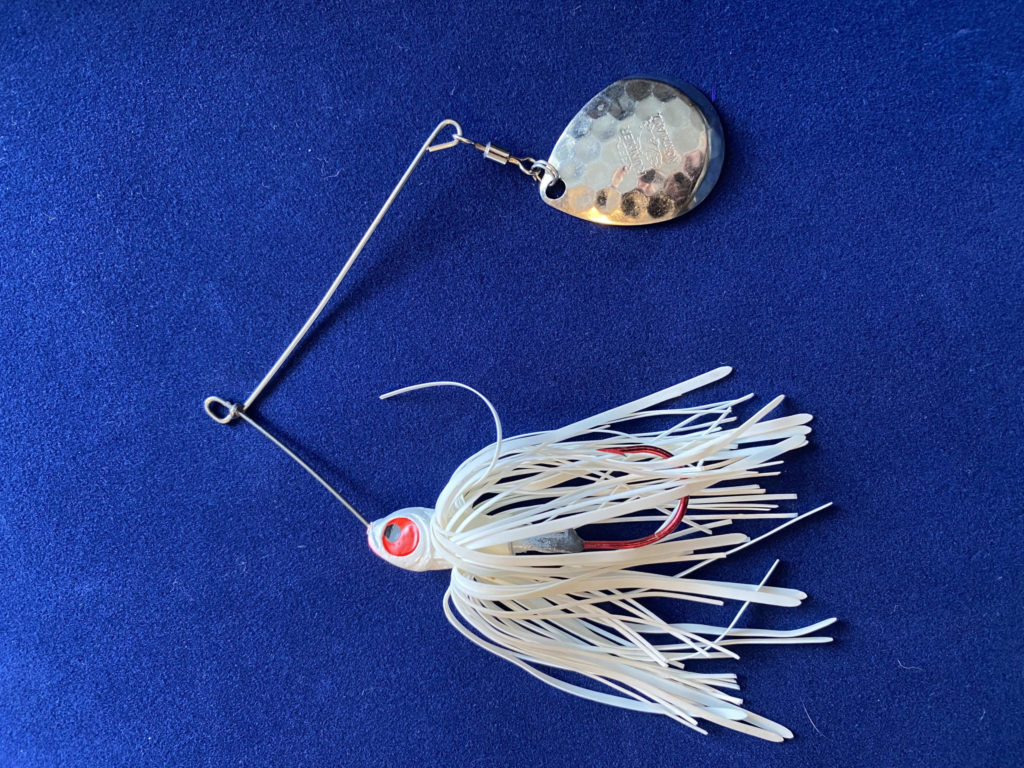
Skirts
Some anglers put more weight on the type of blade they are using than the skirt color of a spinner bait. Other anglers give the same amount of attention to the color as they would on a jig or soft plastic lure. For the most part, the same color rules apply, for those who put weight on that. In clearer water, use a more natural color. In darker, stained, or murky water, do not be afraid to go bright. White and chartreuse can produce very well in dark water. Black is also a color some reserve for dark water. The main thing, though is to “match the hatch.” Whatever the fish are keying on, the bait should somewhat resemble that color. Do keep in mind, though, that this is more often a reaction bite, so do not be too upset if you do not have the exact color spinnerbait in your tackle box as the shad in the lake. Especially in darker water or low light conditions, the fish will see the bait less and will be more apt to strike something that looks similar.
There is no need to worry about a trailer on a spinnerbait, as you might on a swim jig. However, most anglers do attach a trailer hook. Spinnerbait trailer hooks can be found in any bait shop and will increase the hook up ratio in many instances. A fish that swipes at your spinnerbait but may not be completely committed will often be caught on the trailer hook, which follows along behind the skirt of the bait, attached the the primary hook, without changing the action of the bait.
While many anglers abandon a spinnerbait as they expand their arsenal of baits, those who know will keep them around and bring them out when fishing gets tough. Be sure to hold on and keep in contact with the bait, though, especially when fishing deeper water. Fish will often hit as the spinnerbait if falling in the water. Fish the spinnerbait over weeds, around docks and wood, and anywhere shad funnel through to become a tasty meal for the fish. Experiment with different weights, blade, and colors and let the fish tell you what they want.
